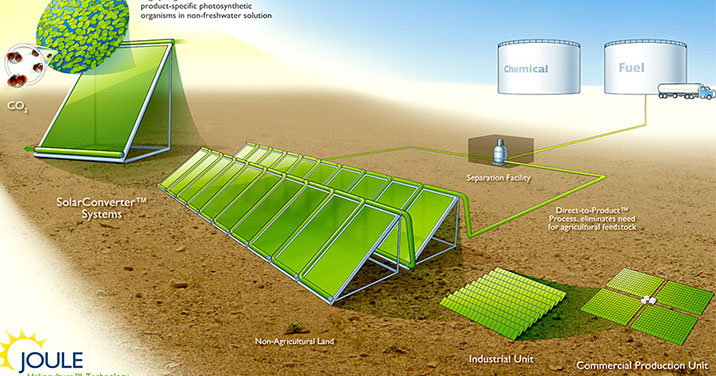
Unexpected Discovery Could Make Solar Fuels Practical
Although in truth there has not been a lot of media attention on solar fuels over the years, the fact of the matter is that research into the use of so-called solar fuels has been underway for quite some time. If you are not quite so familiar with the concept of solar fuels, following is a quick definition.
Solar fuels refer to a synthetic chemical compound (fuel) that is produced either directly or indirectly through the solar energy or sunlight. In other words, sunlight is used to transform various substances into various forms of chemical energy. The most common form of this chemical energy you are probably familiar with is none other than hydrogen.
Note that the undeniable benefit of these solar fuels is that they can be produced and then stored for later usage. The ability to store the energy produced for use at a later time is in stark contrast to solar cell technology which is limited by the ability to store the energy produced.
With that being said, a new paper only recently published in the “Proceedings of the National Academy of Sciences” outlines a new methodology for identifying possible new materials that can be put to work to produce solar fuels. The team of researchers, led by Caltech’s John Gregoire along with Berkeley Lab’s Jeffrey Neaton and Qimin Yan have identified no less than 12 such new materials.
Explaining the significance of the research team’s findings, Neaton had this to say: “What is particularly significant about this study, which combines experiment and theory, is that in addition to identifying several different new compounds for solar fuel applications, we were also able to learn something new about the underlying electronic structure of the materials themselves.”
Pay attention to the fact that prior to this new discovery, the materials discovery process for possible solar fuels required a rather cumbersome and labor intensive testing of individual components. The breakthrough approach outline in the paper mentioned above utilizes a combined approach.
This combined approach brings together computational as well as experimental approaches by first meticulously analyzing a materials database for possibly effective compounds. Then and only then, the most promising compounds are experimentally tested for effectiveness.
The point, the takeaway here if you will, is that the team was able to combine the best capabilities of supercomputer technology with rather high throughput experiments. The end result is generation of scientific knowledge at a previously unprecedented rate. It may well turn out that in addition to solar fuels, this sort of approach could be used in additional areas of research.









